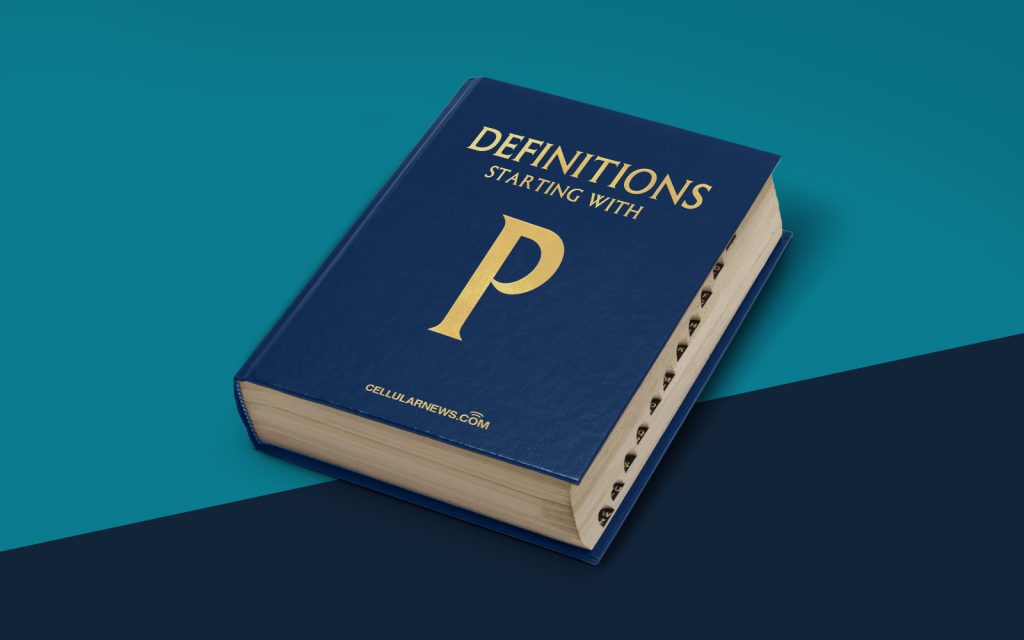
Elevate Your Cryptography Skills: Unraveling the Pigpen Cipher
Welcome to the world of cryptography, where secret messages and hidden meanings lie! In this article, we will dive deep into the fascinating realm of the Pigpen Cipher. Have you ever wondered how to communicate secretly with an encrypted code that looks like a bunch of abstract symbols? Look no further, for the Pigpen Cipher has got your back!
Key Takeaways
- The Pigpen Cipher is a substitution cipher that uses symbols to represent letters of the alphabet.
- It gained popularity among Freemasons during the 18th century and remains a captivating puzzle for codebreakers today.
What is the Pigpen Cipher?
The Pigpen Cipher, also known as the Masonic Cipher or Freemason’s Cipher, is a substitution cipher that uses symbols to represent letters of the alphabet. This cipher gained prominence among Freemasons during the 18th century, and it has since become an intriguing puzzle for enthusiasts and codebreakers alike.
To understand the Pigpen Cipher, imagine a grid consisting of nine boxes, with four smaller boxes within each larger box. Each smaller box represents a different part of a letter, such as an arc, a dot, or a line. By combining these symbols, you encode your message without revealing its true meaning to outsiders.
But how does one go about creating and decoding messages using this intriguing cipher? Let’s break it down into simple steps:
- Prepare the Pigpen Cipher grid with the symbols arranged in a 3×3 grid pattern.
- Assign each alphabet letter to a specific symbol on the grid.
- Write your message using the corresponding symbols for each letter.
- To make it harder to decipher, you can even combine multiple Pigpen Cipher grids and alternate between them.
Now that you have a basic understanding of the Pigpen Cipher, let’s explore its allure and potential applications:
The Intriguing Allure of the Pigpen Cipher
The Pigpen Cipher possesses an undeniable allure that has captivated both amateur codebreakers and seasoned cryptography experts. Here are a few reasons why it continues to pique the interest of enthusiasts:
- Mystery: The use of abstract symbols creates an air of mystery and intrigue, making messages encoded using the Pigpen Cipher seem like a carefully guarded secret.
- Historical Significance: The cipher’s association with Freemasonry and its usage during a pivotal era in history add an extra layer of fascination for individuals interested in secret societies and clandestine communication.
- Intellectual Challenge: Decrypting a message encoded with the Pigpen Cipher requires critical thinking, pattern recognition, and logical deduction, making it an intellectually stimulating exercise for puzzle enthusiasts.
While the Pigpen Cipher may not have the same level of complexity as some other ciphers, its simplicity and historical context make it a great starting point for those interested in exploring the world of cryptography.
Exploring the Potential Applications
Though the Pigpen Cipher may not be employed widely in modern-day communication, its concept and techniques can still be useful in several domains:
- Education: Introducing the Pigpen Cipher in educational settings can enhance students’ problem-solving skills, logical thinking, and historical knowledge.
- Brain Teasers and Games: Incorporating the Pigpen Cipher into brain teasers, puzzle games, or escape rooms can add an extra layer of excitement and challenge for participants.
- Decorative Designs: The unique symbols of the Pigpen Cipher can also be used creatively in art, graphic design, and decorative elements to add an element of mystery and sophistication.
The Pigpen Cipher, with its archaic charm, historical significance, and intellectual allure, continues to captivate those drawn to the fascinating world of cryptography. So, go ahead and impress your friends with your newfound knowledge of this enigmatic cipher!
